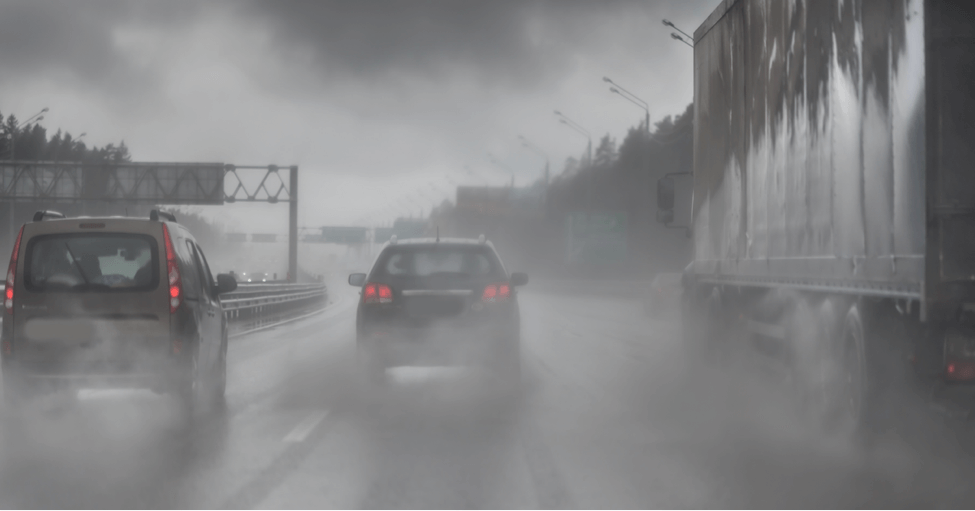From North to South and East to West, all regions of the United States are bound to experience some form of extreme weather in the colder months of the year. However, no matter where you’re from, learning effective driving tips and tricks to avoid extreme weather car and truck accidents can save your life and the lives of others on the road.
Driving Tips to Keep You Safe this Winter
- Prepare for the Worst
- Clear Your Exhaust Pipe
- Warm Your Car Up Outdoors
- Slow Down & Don’t Power up Hills
- Fuel Up & Conserve
- Avoid Cruise Control
- Check Your Tires
Prepare for the Worst
It's always important to be prepared for the worst when it comes to driving in the winter. The worst-case scenario would be if you ended up in a wreck and couldn't get anywhere warm.
In case of an emergency, keep at least a blanket, food, and water in the trunk of your car. You may even wish to include some extra clothes, a flashlight, a glass scraper, medications, and more - ESPECIALLY for lengthy road trips.
Clear Your Exhaust Pipe
Before getting on the road, make sure to check and see if your exhaust pipe is clogged with snow, ice, or mud.
A blocked exhaust pipe can cause deadly carbon monoxide gas to leak into the passenger compartment of the vehicle while the engine is running. This can not only lead to death, but also cause further accidents on the road.
Warm Your Car Up Outdoors
In most cases, during the winter months, you should let your vehicle warm up for a bit before getting behind the wheel. In addition to providing more comfort for the passengers in the car, this also helps the car itself get ready for travel.
When done in a closed garage, however, chemical fumes such as carbon monoxide can collect, resulting in serious health problems down the line. Avoid letting your vehicle run in a closed garage, and be sure it's legal in your area to warm it up in the driveway.
Slow Down & Don’t Power up Hills
Roads are considerably more slippery in winter, especially when snow and ice are present. As a result, you won't be able to maneuver your vehicle as well as you normally would. The colder the temperatures, the more difficult it is to control your vehicle.
In order to avoid this, or result in a further accident, be sure to drive slowly and to not power speed up hills. When speeding on ice or after a heavy rain or snowfall, your vehicle could slip down a hill or spin out of control.
Fuel Up & Conserve
At all times, you should maintain a minimum of half a tank of fuel in the winter. This can provide a few benefits when it comes to the health of your vehicle and your safety on the road. First and foremost, a full fuel tank can prevent fuel pump and fuel line damage.
Taking advantage of this simple tactic now can give you peace of mind down the road. In addition, a full tank ensures that you won't run out of gas. During the winter, this would be especially dangerous. So be sure to work on conserving gas and keeping your tank as close to full as you can.
Avoid Cruise Control
When it comes to the wintertime, you’ll want to avoid using cruise control as much as possible. While cruise control typically knows how to maintain a constant speed, it doesn’t know how to account for slick surfaces and the ramifications of tires losing their grip.
Snow and ice will occasionally cause your tires to spin, and cruise control will only cause your wheels to spin even more. With this in mind, using cruise control in the winter can make you lose control of your vehicle and cause a crash.
Check Your Tires
Before hitting the road in the winter months, you'll want to ensure you check your vehicle tires. The tread on your tires will have a great impact on the amount of control you’ll have while driving on slick surfaces. The air pressure of your tires is also important.
To check for both of these things, be sure to do so when the tire is cold. There should be a chart on the inside of the driver’s side door or in the car’s manual for the proper PSI, and to check the treads on your tires use the penny test until you can get a tire expert to take a look.



